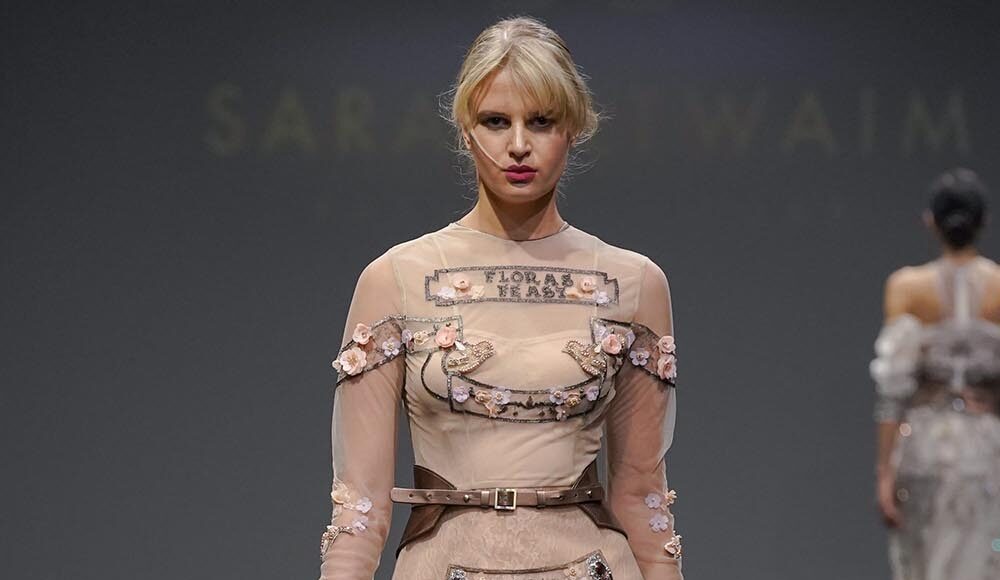Arab Fashion Weeks have rapidly transformed into global fashion powerhouses, drawing the attention of top designers, international brands, and fashion enthusiasts from across the world. These events, hosted in major cities such as Dubai, Riyadh, and Beirut, are more than just showcases of haute couture; they represent a vibrant fusion of cultural heritage and modern luxury. Over the years, they have significantly influenced global style trends, introducing fresh perspectives on modesty, luxury, and innovation in design.
One of the most striking elements that Arab Fashion Weeks have brought to the global scene is the celebration of modest fashion. The intricate designs of abayas, kaftans, and hijab-friendly outfits have found a place on international runways. Western brands have begun incorporating these styles into their collections, recognizing the global appeal of modest yet elegant dressing. Designers such as Elie Saab, Zuhair Murad, and Rami Al Ali have also cemented the reputation of the Middle East as a hub for exceptional craftsmanship and opulent detailing.
Arab Fashion Weeks are not limited to showcasing traditional attire; they are platforms where emerging designers experiment with futuristic fabrics, sustainable materials, and bold cuts. The events blend avant-garde ideas with cultural elements like Arabic calligraphy, desert-inspired palettes, and luxurious textiles. These unique aesthetics resonate with global fashion houses, inspiring them to adapt Middle Eastern themes in their seasonal collections.
In addition to fashion, Arab Fashion Weeks highlight lifestyle trends. Luxury beauty brands, jewelry designers, and fragrance houses often collaborate with these events, further amplifying the Middle East’s influence on global luxury markets. Perfumes inspired by traditional oud and oriental notes are now a staple in the international beauty industry, while Arab-inspired jewelry featuring intricate goldwork and gemstones continues to set trends worldwide.
Social media has played a pivotal role in expanding the reach of these fashion weeks. Influencers and celebrities attending these shows have amplified their global visibility, showcasing the rich blend of tradition and modernity unique to Arab fashion. The result is a cross-cultural dialogue that positions the Middle East not just as a consumer market but as a trendsetter on the international stage.
Ultimately, Arab Fashion Weeks embody a cultural renaissance, merging traditional aesthetics with global contemporary tastes. They have become an influential force in redefining what luxury, modesty, and elegance mean to the world of fashion today.

